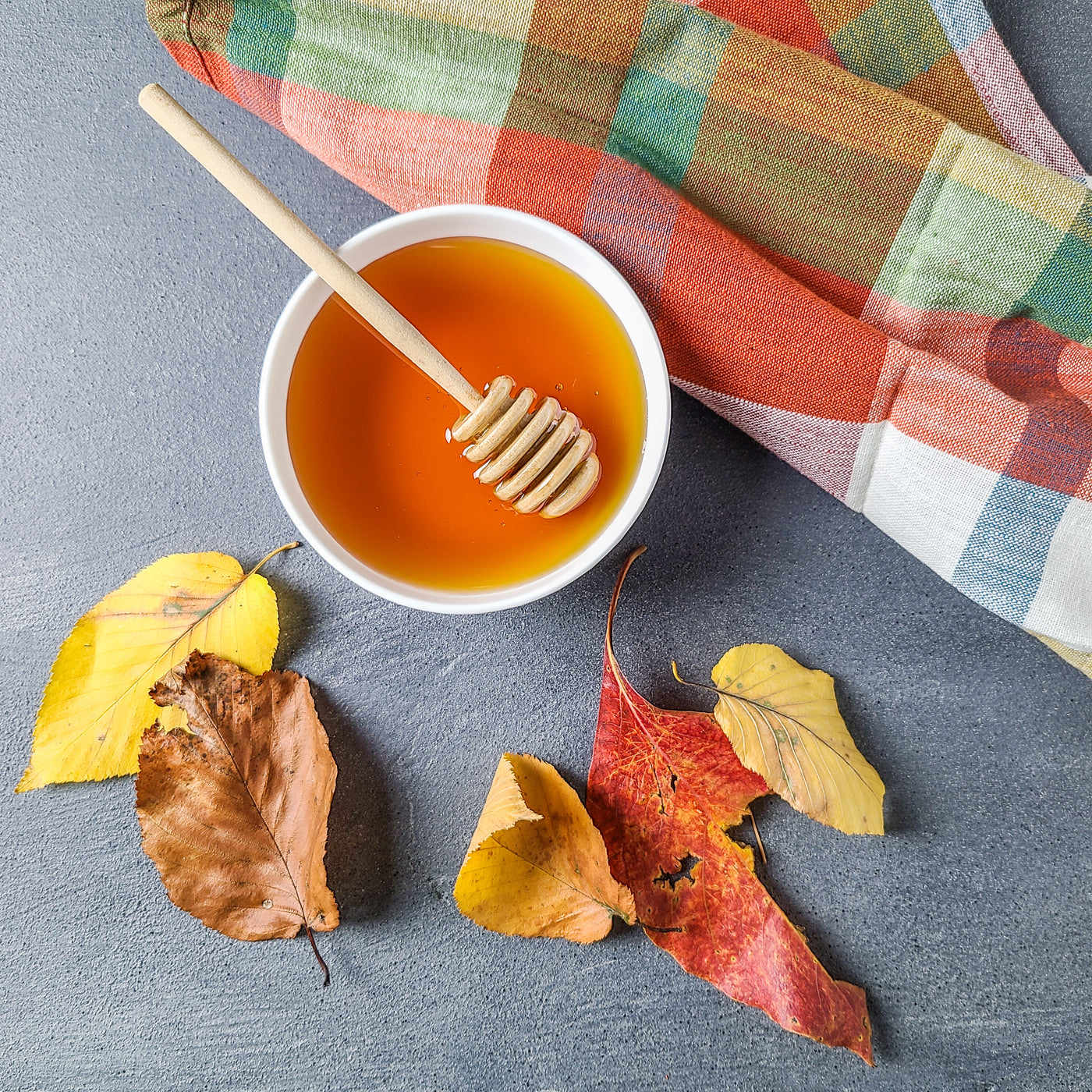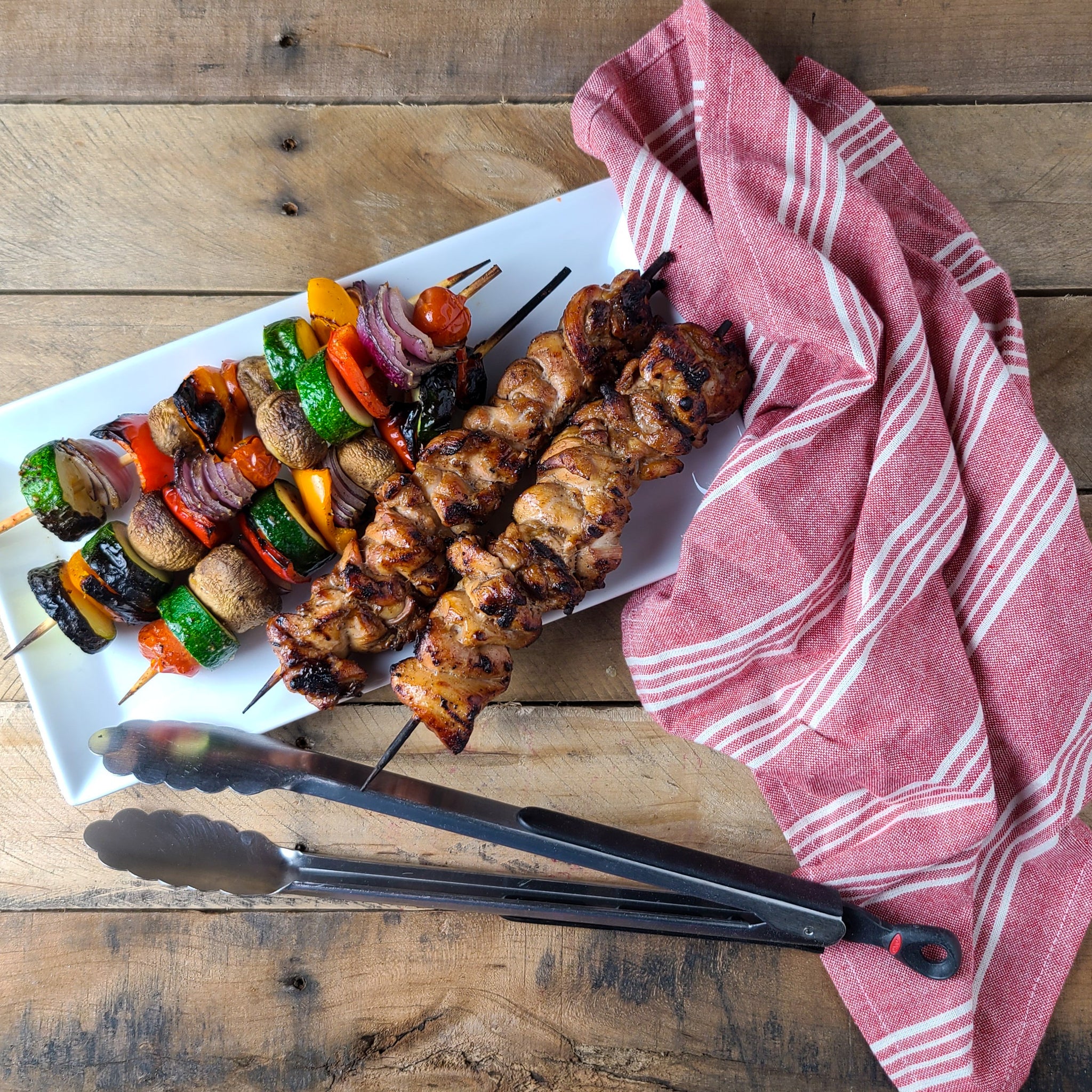
Honey has been consumed for most of human history. Many types of bees make honey but only the honeybee makes enough honey to make collection and consumption by humans practical.
Early in history honey was collected from wild hives. Later beekeepers created different styles of artificial hives to house honeybees so they wouldn't have to search for a wild hive when they wanted honey. The modern frame type hive was patented by Lorenzo Langstroth in 1852. A similar hive style is used by most modern beekeepers until today. It features removable, reusable frames that can be spun in a honey extractor to remove the honey while preserving the wax comb for the bees to reuse.
Beekeeping and honey harvesting is a time consuming, labor intensive and expensive process. In addition, the worldwide demand for honey far exceeds the capacity of the bee population to produce it. This leads to a tremendous amounts of fraud. Experts say that close to half of all honey sold as pure in the United States is actually not.
Honey is the third most adulterated or faked food in the world (after milk and olive oil)
It often has corn, rice or other sugar syrups added to it. Unfortunately it is very difficult to detect honey fraud especially if the resulting product contains some real honey. Often some pollen is added to the mixture to fool tests. The process of adding other things to honey and selling it as "pure honey" is known as honey laundering.
"Honey" imported from Asia (often truly originating from China but passed through other counties to evade detection) often contains high amounts of dangerous pesticides or even traces of heavy metal. This can lead to people who think they are ingesting something healthier than cane sugar while actually doing the complete opposite. It is very difficult, even with modern equipment to detect all fake honey.
So how can you be sure what you are buying is actually pure honey? The best solution is to get as close to the source as possible. Find your local beekeeper and buy some from him or her. Farmers markets and health food stores can be a good way of connecting with your local honey production. You can also look for third party honey certification such as "True Source Certified". This is similar to a kosher certification where an independent organization certifies that the honey you are buying is genuine. And moat importantly, if the product is being offered at too low of a price be suspicious!
Real honey will have floral aromas, tasting different based on the time of year it is harvested and the plants that grow where the hive is located. It may have trace amounts of pollen and beeswax in it. Sometimes raw honey is sold as "Creamed" or "Whipped" honey. This is purposely crystallized honey with a small crystal structure. It may also be sold in it's natural liquid form. If it develops unwanted crystals you can simply place the jar or bottle in a bowl of warm (NOT hot!) water to dissolve the crystals. You can also use your immersion circulator (sous vide) set at 110 F to de-crystallize honey. Just be sure to put your honey containers in water tight and heat safe bags or use watertight jars.


Leave a comment (all fields required)
Comments will be approved before showing up.


